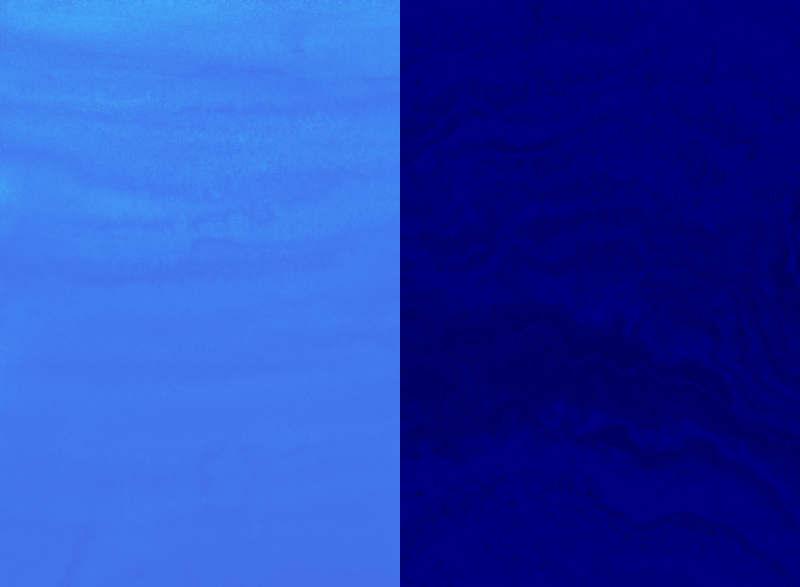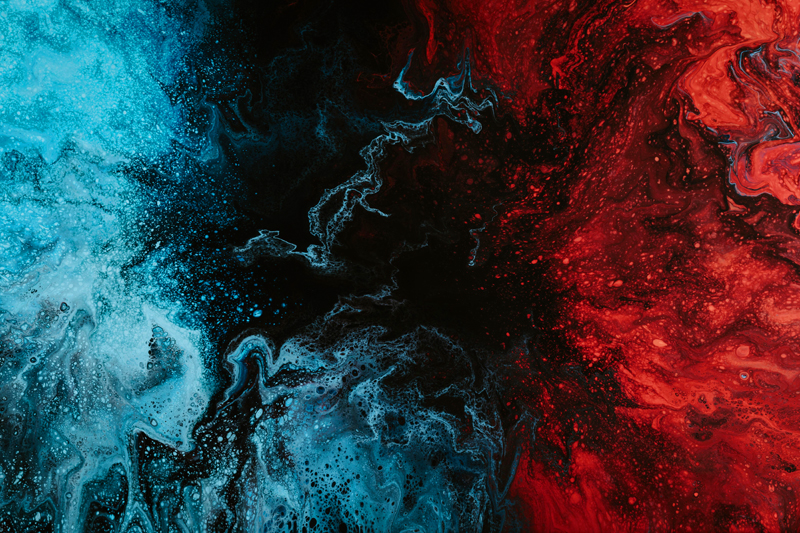As an artist, knowing how to mix colors is an essential skill to have. It will help you feel more confident in your craft. Plus, you’ll be able to achieve any aesthetic you want to create. A color mixing chart is a helpful tool to know what colors to mix.
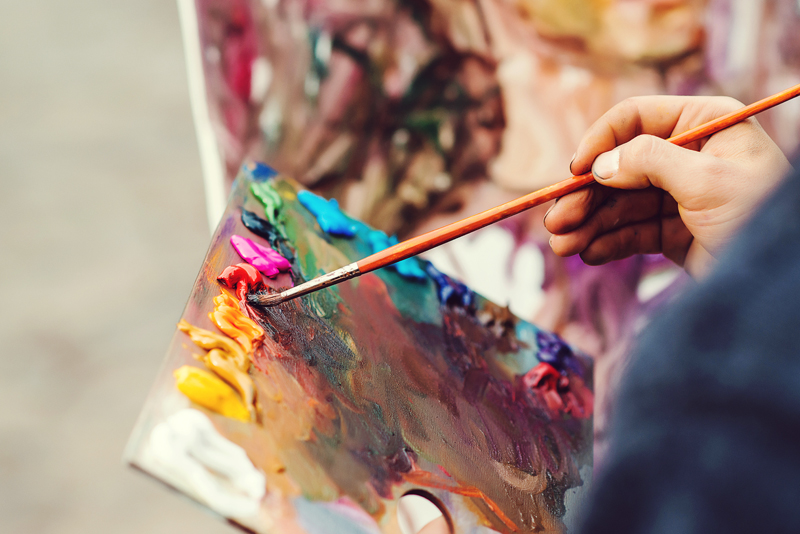
You can’t always rely on paint sets to contain every color you’ll need for your paintings. Even if you buy individual tubes, you’ll still find that you’re limited in the colors you can use.
And so, the secret is to learn how to mix your own colors. Once you’ve mastered this skill, you’ll be able to create any color you could ever need. So, you can make your artwork unique and vibrant with custom colors you’ve mixed yourself.
I’ll guide you through how to mix colors effectively in this article. You’ll learn how to use color mixing charts and become an expert on how to combine colors!
What is a Color Mixing Chart (and why to use it?)
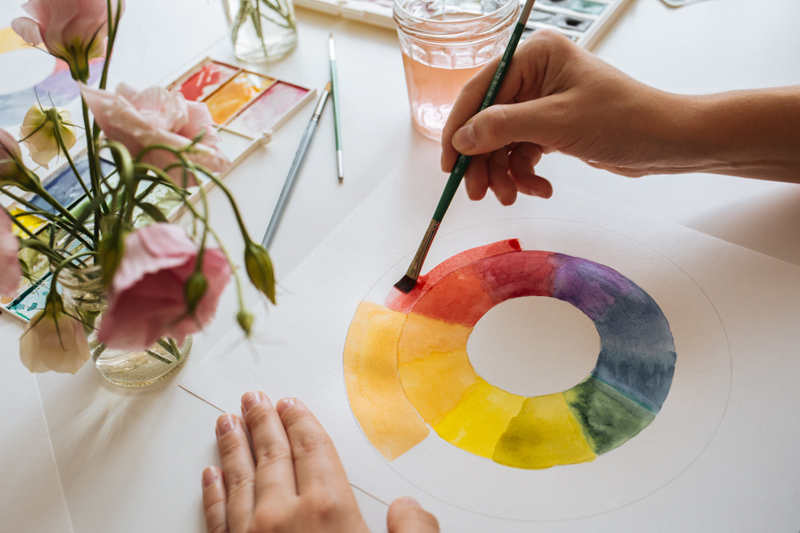
A color mixing chart is a handy tool for any beginner artist. It’s a simple diagram that shows you what you’ll get when you mix specific colors.
So, it’s a great shortcut when you’re getting started with painting or any other similar medium. You can refer to your color mixing chart to find out how to make a specific color. As a result, it will save you a lot of time and effort.
Otherwise, you’d have to do the hard work for yourself. That could mean spending hours mixing colors to see if you get the desired result.
It’s still a good idea to play around and experiment with mixing colors. When you do this, you’ll come to understand how the different colors work together. But there’s no need to reinvent the wheel. And that’s why a color mixing chart is essential for any artist.
Color Theory – Primary, Secondary, and Tertiary Colors
If you want to get comfortable with mixing colors, you need to understand the basics of color theory.
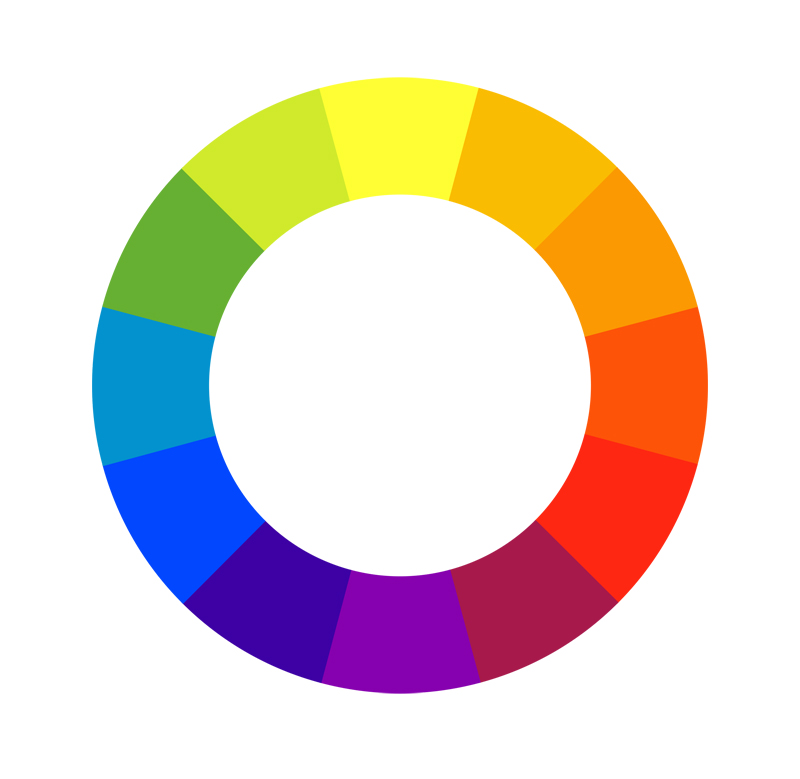
For example, you may already know the three primary colors: blue, yellow, and red. But are you familiar with the secondary and tertiary colors and how to make them?
Primary colors

Let’s start from the beginning with a simple recap. You can’t make a primary color by mixing other colors. But you can make any other color using a combination of the three primary colors, red, yellow, and blue.
Secondary Colors
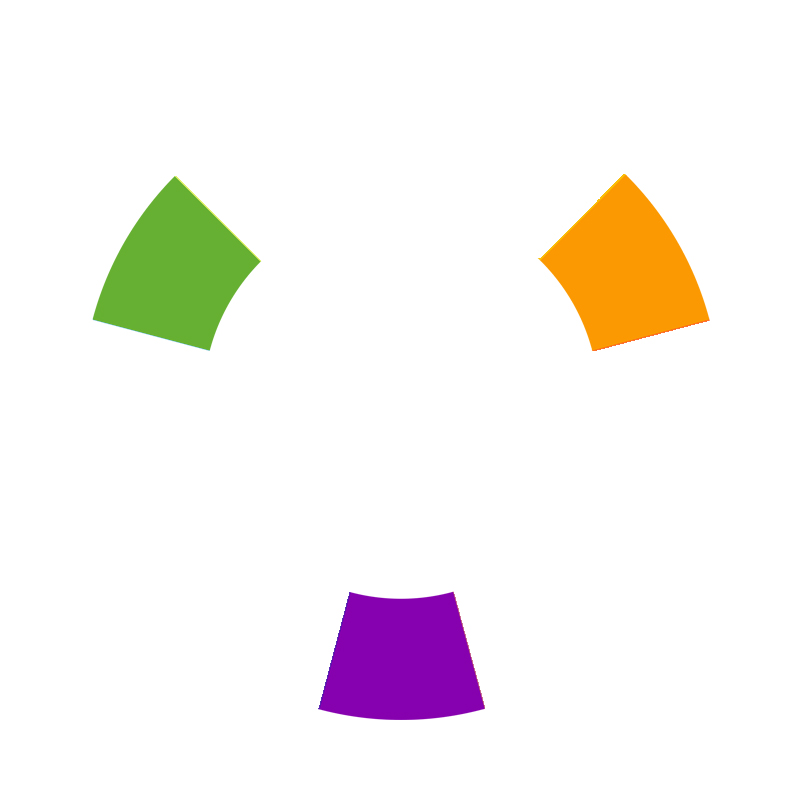
When you combine two primary colors, you’ll get a secondary color.
For example, mix yellow and red, and you’ll get orange. Blue and yellow make green, and blue and red make purple.
We often refer to this color with its technical name, violet. Violet is a specific shade of purple, which is a much vaguer term.
And so the secondary colors are orange, purple, and green.
That’s simple enough and pretty straightforward. But what exactly are tertiary colors, and how do you make them?
Tertiary Colors
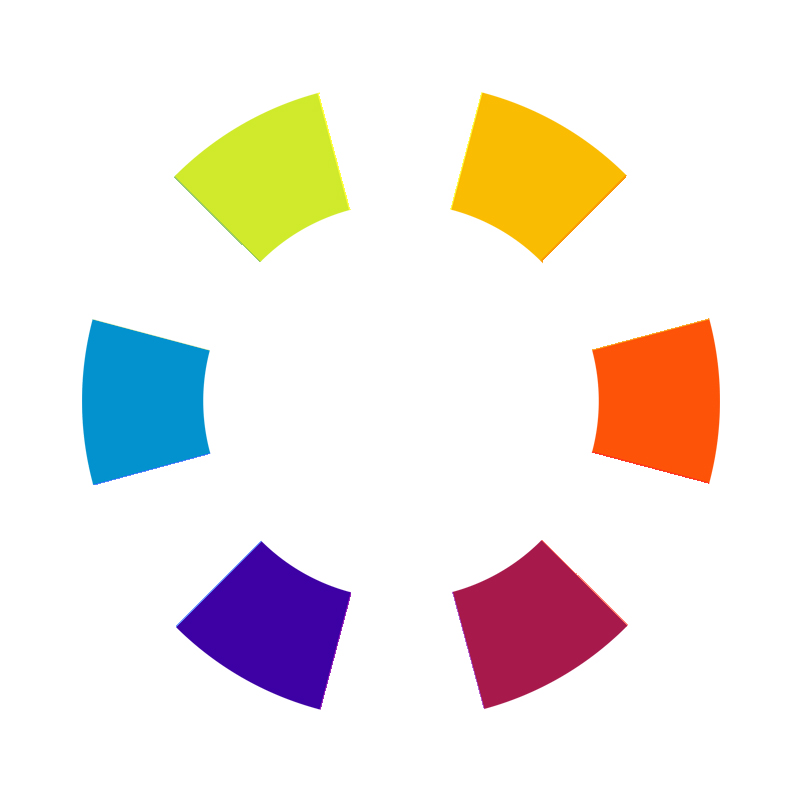
You’ll create a tertiary color when you mix a primary and secondary color. Creating tertiary colors gives you a wider range of shades to use in your artwork.
Really, tertiary colors are just variations on the secondary colors. They will have a stronger tint or undertone depending on the primary color you use.
For example, you’ll get blue-violet when you mix blue and violet. And when you combine green and yellow, you’ll end up with yellow-green. These aren’t the most inventive names, but they are simple and easy to understand.
The tertiary colors include:
- Blue-violet
- Red-violet
- Yellow-green
- Blue-green
- Red-orange
- Yellow-orange
Knowing how to mix these tertiary colors will allow you to create a more nuanced painting. You’ll be able to mix the exact shade you need. For example, a fresh, light yellow-green looks nothing like a rich, deep blue-green.
How to Use a Color Mixing Chart

You can find many color mixing chart samples online. So, that’s a quick and easy way to reference which colors you’ll get when you mix certain shades.
That is handy if you’re short on time or just want a general idea. But it won’t be as specific or accurate as if you make your own color mixing chart.
That’s because the artist may have created the chart digitally. So, these colors may not correspond to the exact paint colors you have.
And even if they used paints, they might not have the same paint shades as you. So, the result could be slightly different.
But there’s nothing wrong with using a ready-made color mixing chart. Just don’t expect it to give you perfect results. Instead, you can rely on it as more of a guide.
And there are also helpful websites like TryColor. This digital tool creates different color combinations with just a click. It’s useful for both traditional and digital art to see how to make specific shades.
How to Make Your Own Color Mixing Chart
The other option is to create your own color mixing chart. While this method is time-consuming, it’s much more accurate and also quite satisfying.
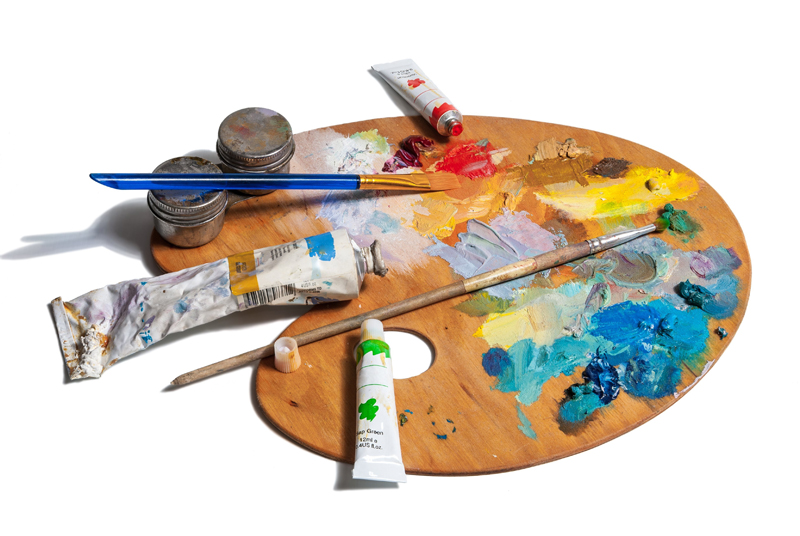
You’ll need all three primary color paints to create a color mixing chart. It’s even better if you have two different shades each of red, yellow, and blue.
Then, you can choose a red with a blue undertone and another red with a yellow undertone. That will come in handy when you want to create the full range of different colors, although it’s not essential.
First, you’ll need to draw a chart with space for each color combination. Leave space for each original color along the top and side. That way, you can easily reference which colors you’ve mixed.
So, if you were mixing blue and red, you would have blue at the top and red on the left-hand side. Where they meet, you will fill this space with the color you get when you mix them.
How to Mix the Colors for your Chart

There are different ways to mix your colors. For example, you can combine them on a palette first of all. Then, you can fill the space on your chart. That’s the easiest way and will prevent you from making any mistakes on your chart.
But you can also mix wet paints directly on your chart. The only risk is that the colors will run and combine with other parts of the chart. And then, you won’t have such clear and accurate results.
Once you’ve mixed your primary colors, you can move on to combine your secondary colors. So, you can mix blue with violet, blue with green, blue with orange, and so on.
Another option is to use the paints you already have. For example, you may have a paint set and want to quickly reference what colors you can make with it. Then, you could create a chart to show what you would get when you mix each of the colors together.
It’s up to you to decide how you want to create your chart. You’ll know what you’ll find most useful!

The Wrap Up
This mixing colors guide has shown you what an essential tool a color mixing chart is. It’s so handy to have nearby, whether you make it yourself or find it online.
Once you’re confident using a color wheel, it will make mixing colors much easier. So, you’ll have mastered a crucial skill any artist needs.
As a result, you’ll be much more confident and efficient when mixing colors for your artwork. Plus, you’ll have a much deeper understanding of color science.
Let me know how you get on with your color chart in the comments below.
And if you found this article helpful, share it on social media to spread the word about color mixing. And don’t forget to follow us for the best creative tips, tutorials, and tools.

